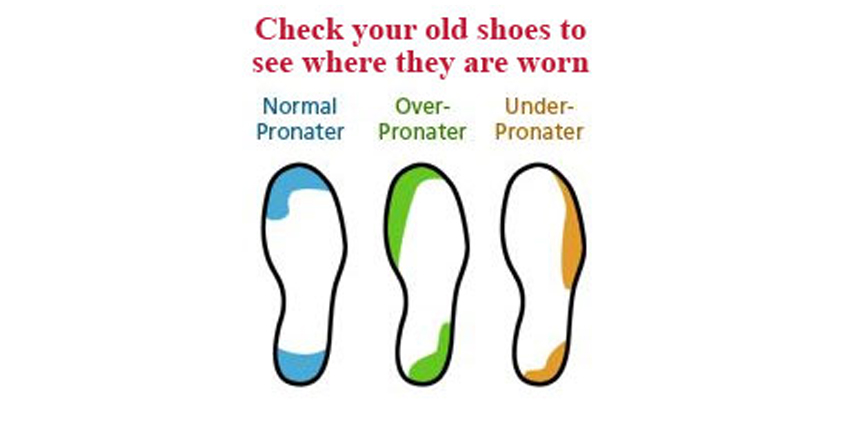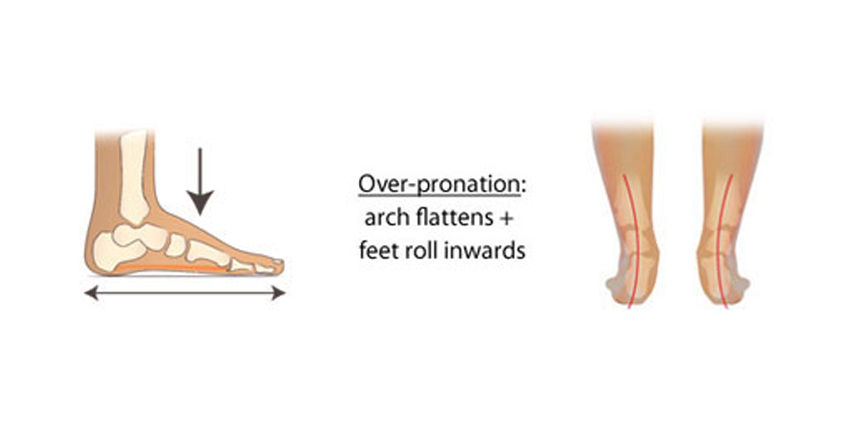Over Pronation (Flat Feet)
What is it?
The long arch that runs between your heel and your toes on the bottom of the feet is essential to the normal functioning of the foot. Tendons and ligaments in your foot support this arch and stabilise it. When these tendons and ligaments weaken, your arches collapse and your foot becomes “flat”.This fallen arch causes your foot to roll inwards and your entire sole becomes close to touching the ground, this is called foot pronation.
Whilst “Flat Feet” themselves are often not painful, they are the largest cause of injuries to the heels and feet. When reading each section on heel pain you will notice that Flat Feet are a risk factor for all of these conditions. In fact, flat feet increases the risk of:
- Plantar fasciitis, Achilles Tendonitis, Stress Fracture, Sever’s Disease, Bursitis
- Ankle Pain
- Bunions
- Morton’s Neuroma
- Heel Spurs
- Metatarsalgia
- Callus & Corns
Problems with over pronation can also cause a number of problems in other areas of the body such as:
- Shin Splints
- Hip & Knee Pain
- Lower Back Pain & Sciatica
- Thoracic Back Pain
- Leg & Foot Cramps, Restless Legs
- Even 2% of headaches have been associated with flat feet!
4 Life Podiatry
Our Podiatrists are well equipped to treat injuries resulting from over pronation. You can also work with your Podiatrist to prevent these injuries from occurring in the first place. Our Podiatrists will perform a thorough Biomechanical assessment including the use of an Orthotech 3D scanner – a latest technology biomechanical assessment tool. Orthotic devices, footwear prescription and modification are typically used to manage flat feet. A biomechanical assessment will also likely identify other factors contributing to your condition and an exercise program can be given to address these issues.



